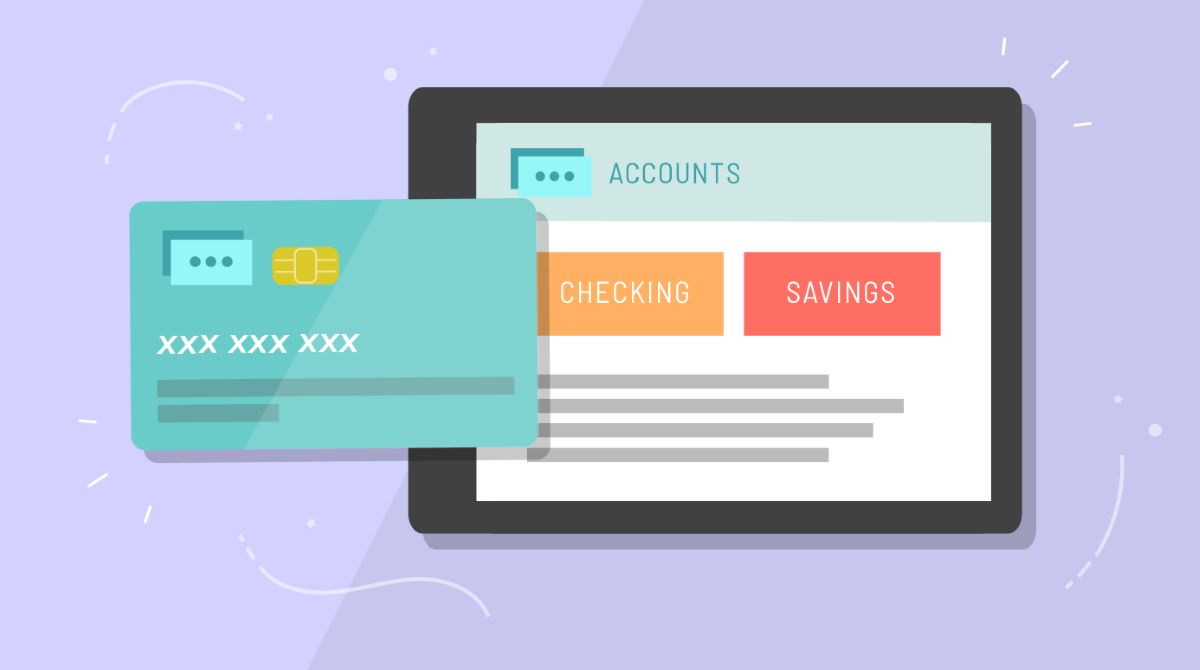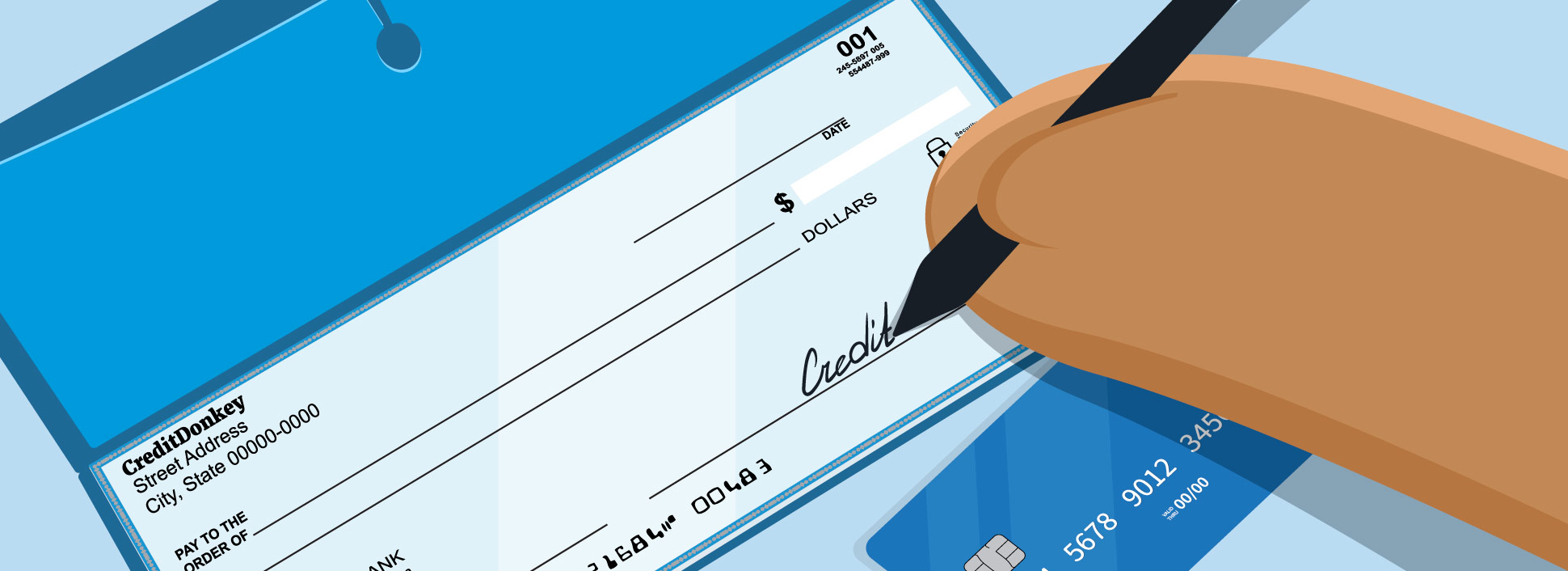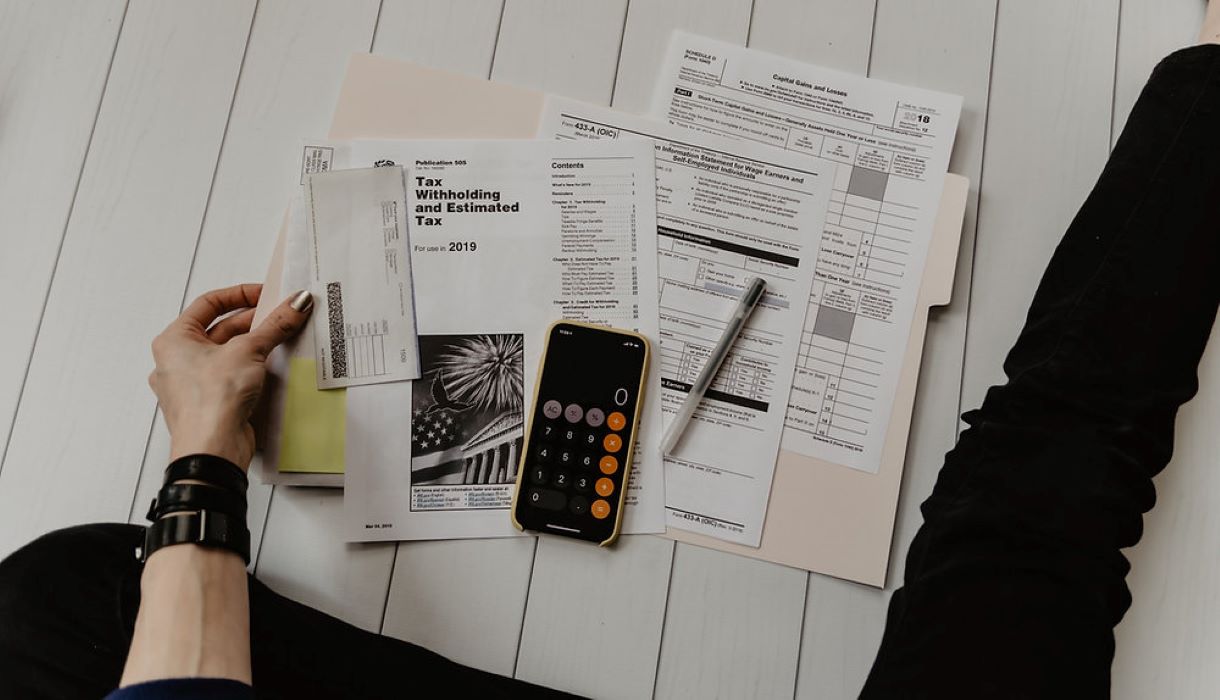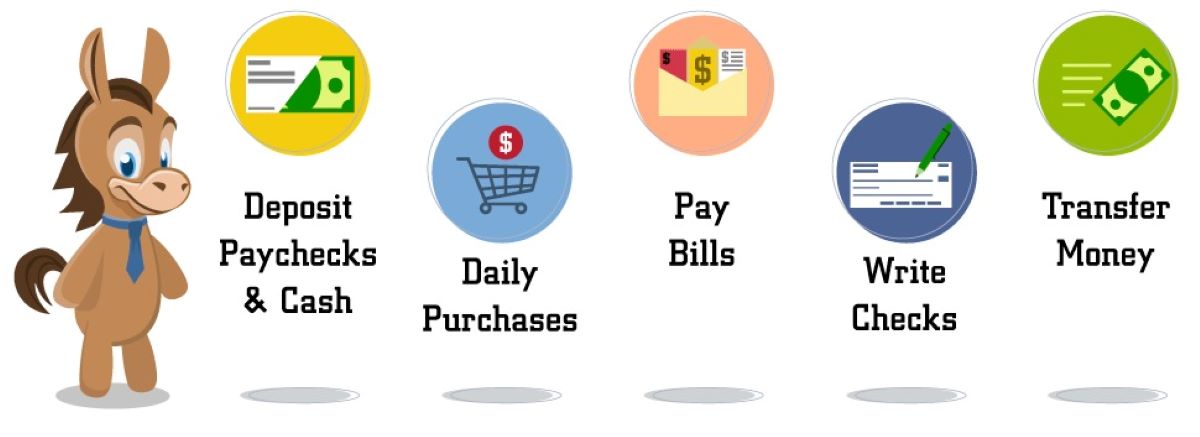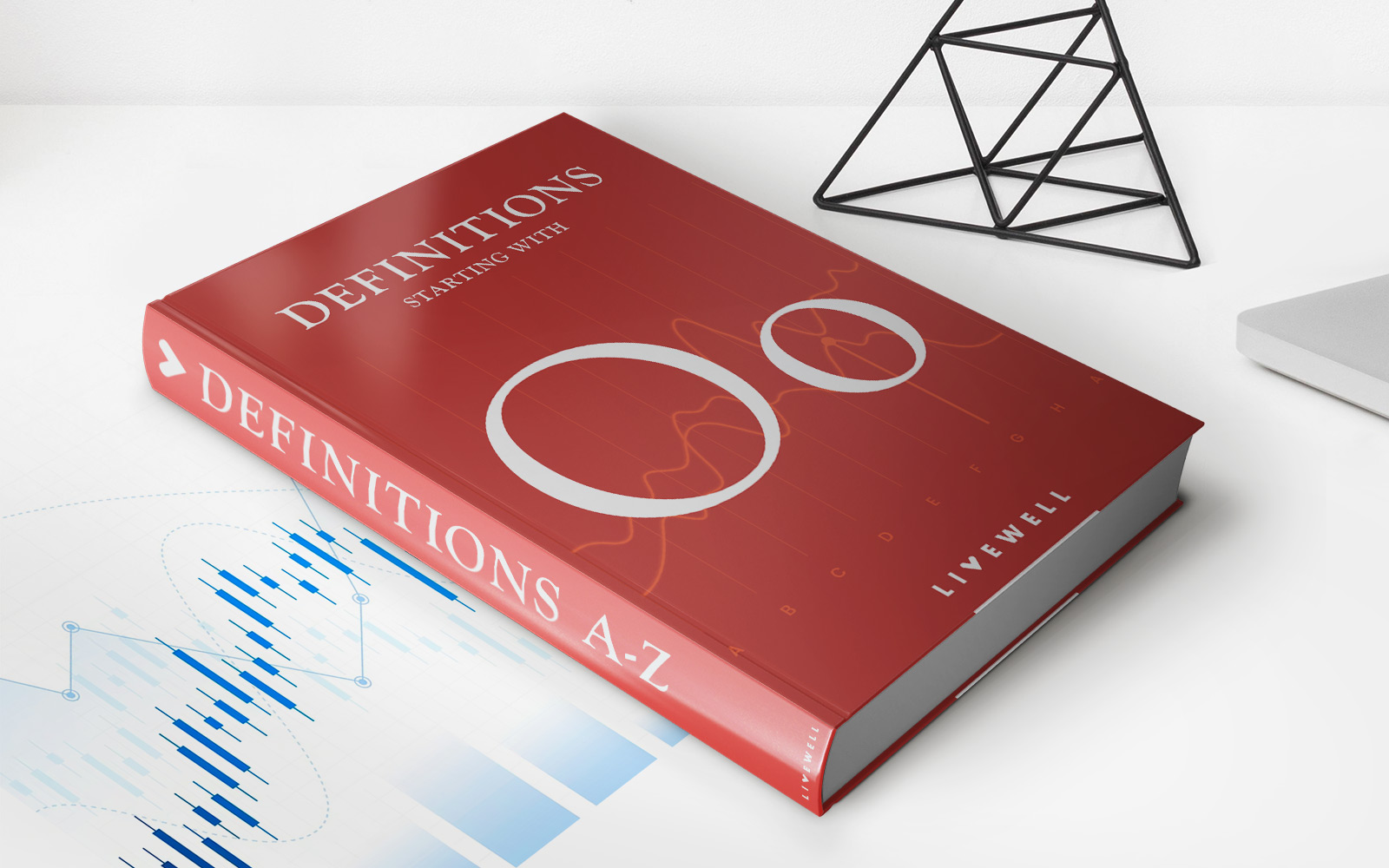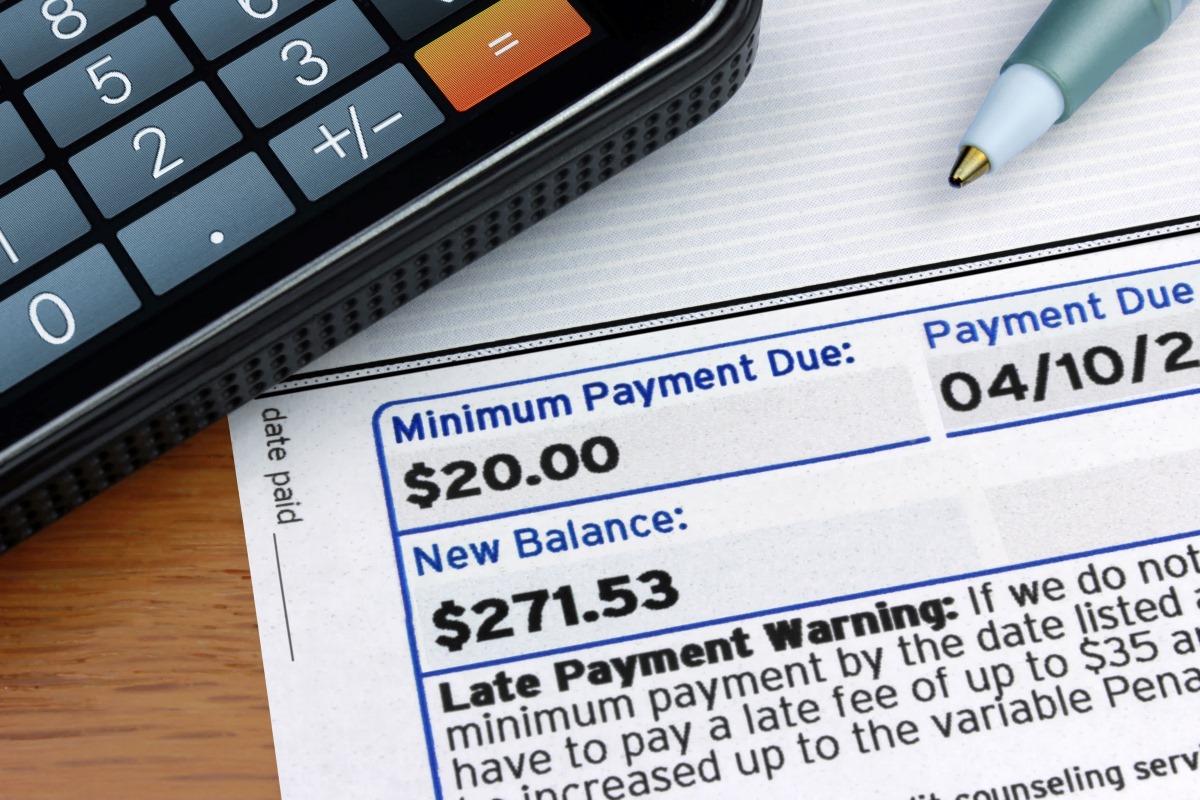Home>Finance>When Should You Reconcile Your Checking Account
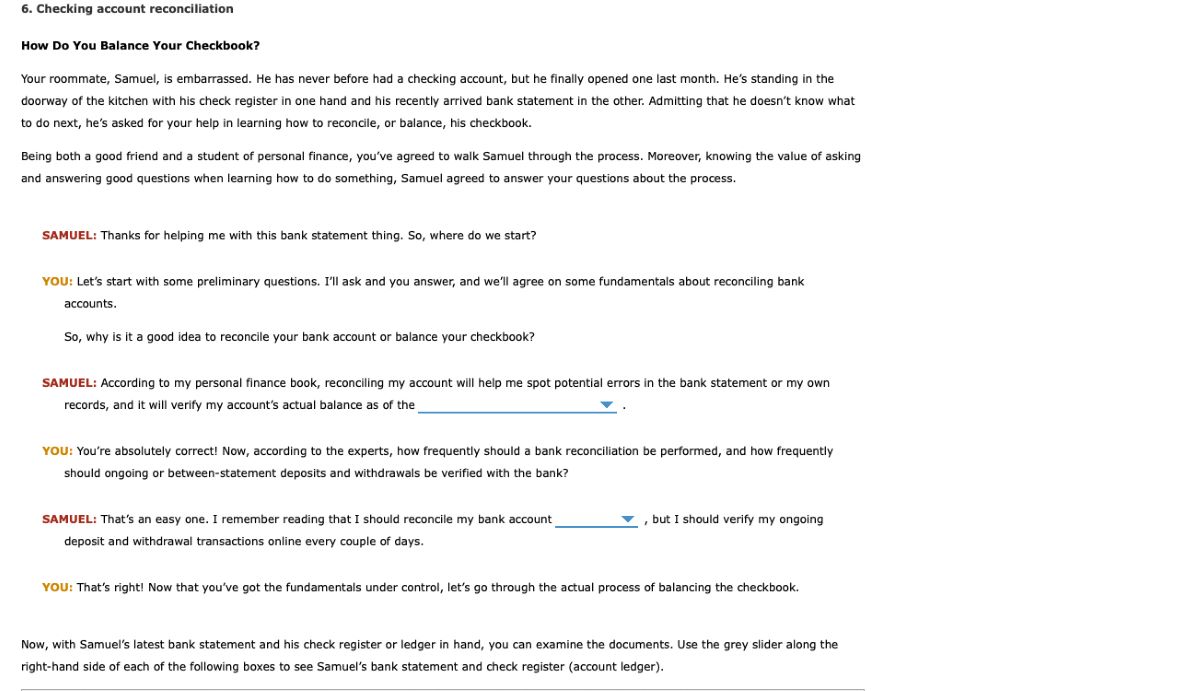

Finance
When Should You Reconcile Your Checking Account
Modified: March 3, 2024
Learn the importance of financial reconciliation and when to reconcile your checking account. Maximize your finance management with timely checks.
(Many of the links in this article redirect to a specific reviewed product. Your purchase of these products through affiliate links helps to generate commission for LiveWell, at no extra cost. Learn more)
Table of Contents
- Introduction
- Importance of Reconciling Your Checking Account
- Understanding the Process of Reconciliation
- Reasons to Reconcile Your Checking Account
- How Frequently Should You Reconcile Your Checking Account?
- Benefits of Regular Reconciliation
- Steps to Reconcile Your Checking Account
- Common Challenges and How to Overcome Them
- Tools and Resources for Easier Reconciliation
- Conclusion
Introduction
Welcome to the world of personal finance where every penny counts. Managing your finances effectively is essential for financial stability and achieving your financial goals. One important aspect of financial management is reconciling your checking account. While it may seem like a mundane task, reconciling your checking account is crucial for maintaining accurate records and avoiding financial discrepancies.
In simple terms, reconciling your checking account involves comparing your personal records of transactions with the bank’s records to ensure they match. This process helps identify any discrepancies, such as errors or unauthorized charges, allowing you to take appropriate action.
Keeping track of your finances and regularly reconciling your checking account is important for several reasons. Firstly, it helps you identify any fraudulent activity or errors made by the bank or yourself. Secondly, it allows you to assess your spending habits, identify patterns, and make necessary adjustments to meet your financial goals. Lastly, reconciling your checking account helps you maintain an accurate understanding of your available funds, bank fees, and any outstanding checks or payments.
Now that we understand the importance of reconciling your checking account, let’s dive deeper into the process of reconciliation and explore the reasons why it should be a regular part of your financial routine.
Importance of Reconciling Your Checking Account
Reconciling your checking account is an essential practice to ensure the accuracy and integrity of your financial transactions. Let’s explore why it is so important:
- Detecting Errors: Mistakes can happen when recording transactions, and errors can creep into your bank’s records as well. By regularly reconciling your checking account, you can quickly spot these errors and take corrective measures before they cause significant financial issues.
- Identifying Fraudulent Activity: Reconciling your account acts as a safeguard against unauthorized transactions or fraudulent activity. By reviewing your bank statement and comparing it to your own records, you can quickly identify any suspicious charges and notify your bank to take immediate action.
- Managing Your Finances: Reconciling your checking account provides you with an accurate picture of your financial health. By comparing your records to the bank’s, you can track your income and expenses effectively, helping you make informed decisions and manage your finances better.
- Avoiding Overdraft Fees: By reconciling your checking account regularly, you can ensure that there are no discrepancies between your personal records and the bank’s. This helps you avoid overdraft fees as you can catch any discrepancies or outstanding checks well in advance.
- Planning and Budgeting: Reconciling your checking account provides valuable insights into your spending habits. By analyzing your transactions, you can identify areas where you may be overspending, allowing you to adjust your budget accordingly and work towards your financial goals.
Overall, reconciling your checking account is an essential step towards maintaining financial stability and ensuring the accuracy of your financial records. By regularly reviewing your transactions and comparing them to the bank’s records, you can detect errors, combat fraud, manage your finances effectively, and avoid unnecessary fees. Now that we understand the importance of reconciliation, let’s delve into the process and frequency of reconciling your checking account.
Understanding the Process of Reconciliation
The process of reconciling your checking account involves comparing your personal records of transactions with the bank’s records to ensure they align. Let’s take a closer look at the steps involved in the reconciliation process:
- Gather Documents: Start by gathering your bank statement for the month, your check register, and any receipts or documentation of recent transactions.
- Compare Transactions: Go through each transaction listed on your bank statement and compare them to the transactions recorded in your check register. Ensure that the amounts and dates match accurately.
- Check Off Reconciled Transactions: As you verify each transaction, mark it as reconciled in your check register or using a dedicated reconciliation tool. This will help you keep track of which transactions have been reviewed and confirmed.
- Identify Discrepancies: If you come across any discrepancies, such as missing transactions or incorrect amounts, investigate further to determine the cause. It could be a simple recording error or a more significant issue that requires contacting your bank.
- Update Your Records: Make any necessary adjustments to your check register to reflect the accurate information from your bank statement. This ensures that your personal records align with the bank’s records.
- Balance Your Account: Once you have reviewed and reconciled all transactions, calculate the balance in your check register and compare it to the ending balance provided on your bank statement. The two balances should match.
- Investigate Unreconciled Transactions: If there are any unreconciled transactions remaining, take the time to investigate and reconcile them. These could be outstanding checks, pending deposits, or any recent transactions that may not have cleared yet.
- Finalize and Document: Once all transactions have been reconciled, ensure you have documented your reconciliation process. Keep a record of the reconciled statements and any notes about discrepancies or outstanding items.
By following these steps, you can ensure the accuracy of your financial records and maintain a clear understanding of your financial transactions. Reconciling your checking account on a regular basis is crucial for effective financial management. In the next section, we will discuss the ideal frequency for reconciling your checking account.
Reasons to Reconcile Your Checking Account
Reconciling your checking account on a regular basis is essential for maintaining accurate financial records and ensuring the integrity of your personal finances. Let’s explore some compelling reasons why you should make reconciliation a part of your financial routine:
- Accuracy: Reconciling your checking account ensures that the transactions recorded in your personal records match the transactions recorded by your bank. This helps identify any discrepancies, such as errors or unauthorized charges, ensuring the accuracy of your financial records.
- Fraud Detection: Reconciling your account allows you to promptly spot any fraudulent activity, such as unauthorized transactions or identity theft. By reviewing your bank statement and comparing it to your own records, you can identify any suspicious charges and take immediate action to protect your finances.
- Budgeting and Planning: Reconciling your checking account provides valuable insights into your spending habits. By analyzing your transactions, you can identify areas where you may be overspending or opportunities to save. This information helps you create a realistic budget, set financial goals, and make informed decisions about your personal finances.
- Preventing Overdrafts: Regular reconciliation helps you avoid overdraft fees by ensuring that you have an accurate understanding of your available funds. By identifying any outstanding checks or pending payments, you can take appropriate action to avoid overdrawing your account.
- Tracking Expense Patterns: By reconciling your checking account, you gain a clearer understanding of your spending patterns. This knowledge allows you to identify areas where you may be overspending or areas where you can cut back. It also helps you make informed decisions about financial priorities and allocate your funds more effectively.
- Building Financial Awareness: Reconciling your checking account regularly promotes financial awareness. It encourages you to actively review your transactions, understand your financial commitments, and take control of your financial well-being. It also helps in detecting any missed payments or late fees, enabling you to correct them promptly.
- Peace of Mind: Reconciling your checking account offers peace of mind, knowing that your financial records are accurate and up-to-date. It allows you to feel confident in your financial decision-making and have a clear understanding of your overall financial health.
Overall, reconciling your checking account is vital for maintaining financial accuracy, detecting and preventing fraudulent activity, budgeting effectively, and gaining a deeper understanding of your financial habits. Don’t overlook the importance of regular reconciliation as part of your financial management routine. In the next section, we’ll discuss the recommended frequency for reconciling your checking account.
How Frequently Should You Reconcile Your Checking Account?
The frequency at which you should reconcile your checking account depends on various factors, including your financial habits, the volume of transactions, and your personal preferences. While some individuals prefer to reconcile their accounts daily, others may opt for a monthly or quarterly reconciliation. Here are some guidelines to help you determine the ideal frequency for your reconciliation process:
- Monthly Reconciliation: Monthly reconciliation is a common practice for individuals who have a relatively low volume of transactions or prefer to review their finances on a monthly basis. This frequency allows you to identify any discrepancies and ensure accuracy in your financial records.
- Weekly Reconciliation: If you have a moderate volume of transactions or prefer to stay on top of your finances more frequently, weekly reconciliation may be a suitable option. This frequency allows for more frequent monitoring of your transactions, helping you catch any errors or fraudulent activity promptly.
- Daily Reconciliation: Daily reconciliation is ideal for those who have a high volume of transactions or want to maintain real-time accuracy in their financial records. This frequency requires more time and effort, but it provides a thorough understanding of your finances and allows for immediate action in case of any discrepancies.
It’s important to choose a frequency that aligns with your financial lifestyle and preferences. Regular reconciliation helps in detecting errors, identifying fraudulent activity, and managing your finances effectively. If you’re unsure about the appropriate frequency, it’s best to start with monthly reconciliation and adjust as needed based on your financial circumstances and comfort level.
Regardless of the frequency you choose, it’s essential to be consistent. Set aside dedicated time in your schedule to reconcile your checking account and make it a regular financial management practice. The more frequently you reconcile, the quicker you can address any issues that may arise, ensuring the accuracy and integrity of your financial records.
Remember, proper reconciliation is fundamental to maintaining financial stability and making informed decisions about your money. In the next section, we’ll explore the benefits of regular reconciliation beyond just accuracy.
Benefits of Regular Reconciliation
Regular reconciliation of your checking account offers various benefits that go beyond just ensuring the accuracy of your financial records. Let’s explore some of the key advantages of making reconciliation a consistent part of your financial routine:
- Financial Accuracy: By reconciling your checking account regularly, you ensure that your personal records match the transactions recorded by your bank. This accuracy allows you to make informed financial decisions and maintain an accurate picture of your available funds.
- Timely Error Detection: Regular reconciliation helps you quickly identify any errors in your financial transactions, such as double charges, incorrect amounts, or missing payments. Detecting these errors promptly allows you to take appropriate action and rectify them before they become significant financial problems.
- Prevent Fraud and Unauthorized Activity: Reconciling your checking account on a regular basis helps you detect any fraudulent or unauthorized activity. By reviewing your transactions and comparing them to your own records, you can identify any suspicious charges and take immediate action to protect your finances.
- Insight into Spending Habits: Through regular reconciliation, you gain a clearer understanding of your spending habits. Analyzing your transactions allows you to identify areas where you may be overspending or areas where you can cut back. This insight enables you to make necessary adjustments to your budget and work towards your financial goals.
- Budgeting Accuracy: Reconciling your checking account helps ensure that your budget is accurate. By comparing your planned expenses to your actual expenses, you can adjust your budget as needed and make realistic financial plans for the future.
- Reduced Risk of Overdraft Fees: Regular reconciliation allows you to stay on top of your account balance and avoid overdrawing your account. By identifying any outstanding checks or pending transactions, you can ensure that you have sufficient funds to cover them, thus minimizing the risk of incurring costly overdraft fees.
- Financial Peace of Mind: Knowing that your financial records are accurate and up-to-date provides peace of mind. Regular reconciliation gives you confidence in your financial decision-making and allows you to have a clear understanding of your overall financial health.
The benefits of regular reconciliation extend beyond just the accuracy of your financial records. It helps you detect errors, prevent fraud, gain insight into your spending habits, and achieve financial peace of mind. By making reconciliation a regular part of your financial routine, you can effectively manage your finances and work towards your financial goals.
Now that we understand the benefits of regular reconciliation, let’s move on to the next section, where we’ll explore the step-by-step process of reconciling your checking account.
Steps to Reconcile Your Checking Account
Reconciling your checking account may seem like a daunting task, but it can be broken down into simple steps. By following these steps, you can effectively reconcile your account and ensure the accuracy of your financial records:
- Gather Your Documents: Collect your bank statement, check register, and any supporting documentation for recent transactions, such as receipts or invoices.
- Compare Transactions: Start by comparing the transactions listed on your bank statement with the entries in your check register. Check that the amounts, dates, and payees match accurately.
- Check Off Reconciled Transactions: As you verify each transaction, mark it as reconciled on both your bank statement and check register. This step helps you keep track of the transactions you have reviewed.
- Identify Discrepancies: If you encounter any discrepancies during the comparison, investigate further to determine the cause. It could be a simple error or an unauthorized transaction that requires immediate attention.
- Update Your Records: Make any necessary adjustments to your check register to reflect the accurate information from your bank statement. This ensures that your personal records align with the bank’s.
- Calculate the Ending Balance: Total the reconciled transactions in your check register to calculate the ending balance. This balance should match the ending balance reported on your bank statement.
- Investigate Unreconciled Transactions: If there are any unreconciled transactions remaining, investigate and reconcile them. These could be outstanding checks, pending deposits, or recent transactions that may not have cleared yet.
- Document the Reconciliation: Keep a record of the reconciliation process, including any notes about discrepancies or outstanding items. This documentation serves as a reference for future audits and provides a history of your financial records.
Following these steps will help you reconcile your checking account effectively and maintain accurate financial records. It’s important to take the time to reconcile regularly and stay on top of your finances. By doing so, you can prevent errors, detect fraud, and have a clear understanding of your financial situation.
While the reconciliation process may require effort and time, the benefits far outweigh the challenges. In the next section, we’ll address some common challenges that individuals may encounter during the reconciliation process and provide tips for overcoming them.
Common Challenges and How to Overcome Them
While reconciling your checking account is an important financial task, it can come with its fair share of challenges. Understanding these common challenges and knowing how to overcome them will help you navigate the reconciliation process more effectively. Let’s explore some of these challenges and discuss ways to overcome them:
- Incomplete or Missing Documentation: Lack of proper documentation can make the reconciliation process difficult. To overcome this challenge, ensure that you maintain organized and accurate records of your transactions. Keep all receipts, invoices, and bank statements in a designated folder or use digital tools to store electronic records.
- Discrepancies between Personal Records and Bank Statement: It’s common to encounter discrepancies during the reconciliation process, such as missing transactions or incorrect amounts. To address this challenge, carefully review each transaction and investigate any discrepancies. Contact your bank if needed to resolve any issues promptly.
- Complex or High Volume of Transactions: Managing a large number of transactions can be overwhelming and time-consuming. Break down the process into smaller, manageable tasks. Consider using financial management software or dedicated accounting tools to streamline the reconciliation process and automate tasks such as importing bank statements.
- Errors in Recording Transactions: Human error can occur when recording transactions, leading to discrepancies in your records. To minimize this challenge, be diligent in accurately recording your transactions in your check register or financial management software. Double-check each entry before finalizing it.
- Lack of Time: Finding time for reconciliation amidst your busy schedule can be a challenge. Schedule dedicated time in your calendar specifically for reconciliation. Treat it as an important financial task and prioritize it. Breaking down the reconciliation process into smaller sessions can also make it more manageable.
- Frequent Account Activity: If your checking account has a high volume of transactions, it can be time-consuming to reconcile regularly. Consider using technology like mobile banking apps or automated tools that provide real-time transaction information and make the reconciliation process more efficient.
- Difficulty Reconciling Outstanding Items: Outstanding checks or pending deposits can complicate the reconciliation process. Ensure that you have sufficient information about these items and regularly follow up with your bank to confirm their status. Adjust your records accordingly based on cleared or deposited items.
By being aware of these common challenges and implementing strategies to overcome them, you can streamline the reconciliation process and ensure the accuracy of your financial records. Remember, consistency and attention to detail are key when reconciling your checking account.
In the next section, we’ll discuss some helpful tools and resources that can assist you in making the reconciliation process easier and more efficient.
Tools and Resources for Easier Reconciliation
Thankfully, there are various tools and resources available that can simplify the process of reconciling your checking account. These tools can help you save time, reduce errors, and ensure more accurate financial records. Let’s explore some of the helpful resources and technological aids:
- Financial Management Software: Consider using dedicated financial management software, such as Quicken, Mint, or Personal Capital. These tools allow you to link your bank accounts, automatically import transactions, and provide intuitive interfaces for easy reconciliation.
- Mobile Banking Apps: Many banks offer mobile apps that provide real-time access to your account transactions. These apps often have built-in features for categorizing transactions, tracking spending, and reconciling your accounts on the go.
- Spreadsheets: For those who prefer a more manual approach, spreadsheet software like Microsoft Excel or Google Sheets can be highly effective. Utilize pre-made templates or create your own customized spreadsheet to track and reconcile your transactions.
- Online Banking: Take advantage of online banking platforms offered by your financial institution. These platforms provide detailed transaction history, electronic statements, and search functionalities that make it easier to review and reconcile your transactions.
- Automated Bank Feeds: Some financial management software and accounting tools offer automated bank feeds, allowing you to seamlessly import transactions directly from your bank into the software. This reduces manual data entry and ensures accuracy.
- Receipt and Expense Tracking Apps: Use smartphone apps like Expensify or Shoeboxed to digitize and track receipts. These apps can automatically extract relevant information, categorize expenses, and sync with your financial management software for easy reconciliation.
- Customer Service and Support: Reach out to your bank’s customer service team if you encounter any difficulties during the reconciliation process. They can provide guidance, answer your questions, and help resolve any issues related to your account.
- Financial Education Resources: Take advantage of online tutorials, articles, and videos that provide guidance on reconciling your checking account. Websites like Investopedia, NerdWallet, and the Balance offer valuable resources to help build your knowledge and improve your reconciliation skills.
- Professional Assistance: If you find reconciliation overwhelming or complex, consider seeking advice from a financial advisor or accounting professional. They can provide expert guidance, ensure accuracy, and help you develop effective financial management practices.
These tools and resources are designed to simplify the reconciliation process and enhance your financial management efforts. Explore what works best for you and embrace technology to streamline the process and ensure the accuracy of your financial records.
In the final section, we’ll conclude our discussion and summarize the importance of reconciling your checking account.
Conclusion
Reconciling your checking account is a crucial task for maintaining accurate financial records and effectively managing your personal finances. By comparing your own records with those of your bank, you can identify errors, detect fraudulent activity, and gain valuable insights into your spending habits. Regular reconciliation ensures the accuracy of your financial records and gives you peace of mind.
Throughout this article, we have explored the importance of reconciling your checking account, the process of reconciliation, and the benefits it offers. We have discussed the recommended frequency for reconciliation, common challenges that may arise, and tools and resources that can make the process easier.
Remember, reconciling your checking account should be a regular part of your financial routine. Choose a frequency that aligns with your financial habits and preferences, whether it’s monthly, weekly, or even daily. By doing so, you will detect and resolve errors or discrepancies promptly, maintain an accurate understanding of your financial situation, and make informed decisions about your money.
Utilize the available tools and resources, such as financial management software, mobile banking apps, and online resources, to streamline the reconciliation process and ensure the accuracy and integrity of your financial records. If challenges arise, seek help from customer service, financial advisors, or accounting professionals who can provide guidance and support.
Ultimately, reconciling your checking account is a proactive step towards financial stability. It allows you to take control of your finances, avoid unnecessary fees, detect fraudulent activity, and make informed decisions to achieve your financial goals.
So, don’t overlook the importance of reconciling your checking account. Dedicate the time and effort to regularly review and compare your records with those of your bank. The benefits far outweigh the challenges, and the peace of mind and financial accuracy you gain are invaluable.
